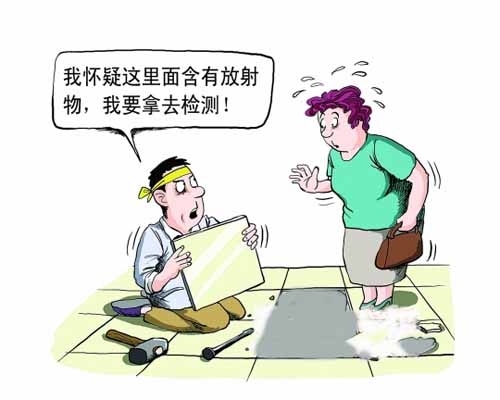At McGill University in Montreal the young New Zealand–born Ernest Rutherford became interested in the new radioactive materials. With a colleague named Frederick Soddy he discovered that immense reserves of energy were bound up in these small amounts of matter, and that the radioactive decay of these reserves could account for most of the Earth's warmth. They also discovered that radioactive elements decayed into other elements—that one day you had an atom of uranium, say, and the next you had an atom of lead. This was truly extraordinary. It was alchemy, pure and simple; no one had ever imagined that such a thing could happen naturallyand spontaneously.

Ever the pragmatist, Rutherford was the first to see that there could be a valuable practical application in this. He noticed that in any sample of radioactive material, it always took the same amount of time for half the sample to decay—the celebrated half-life—and that this steady, reliable rate of decay could be used asa kind of clock. By calculating backwards from how much radiation a material had now and how swiftly it was decaying, you could work out its age. He tested a piece of pitchblende, the principal ore of uranium, and found it to be 700 million years old—very much older than the age most people were prepared to grant the Earth.












